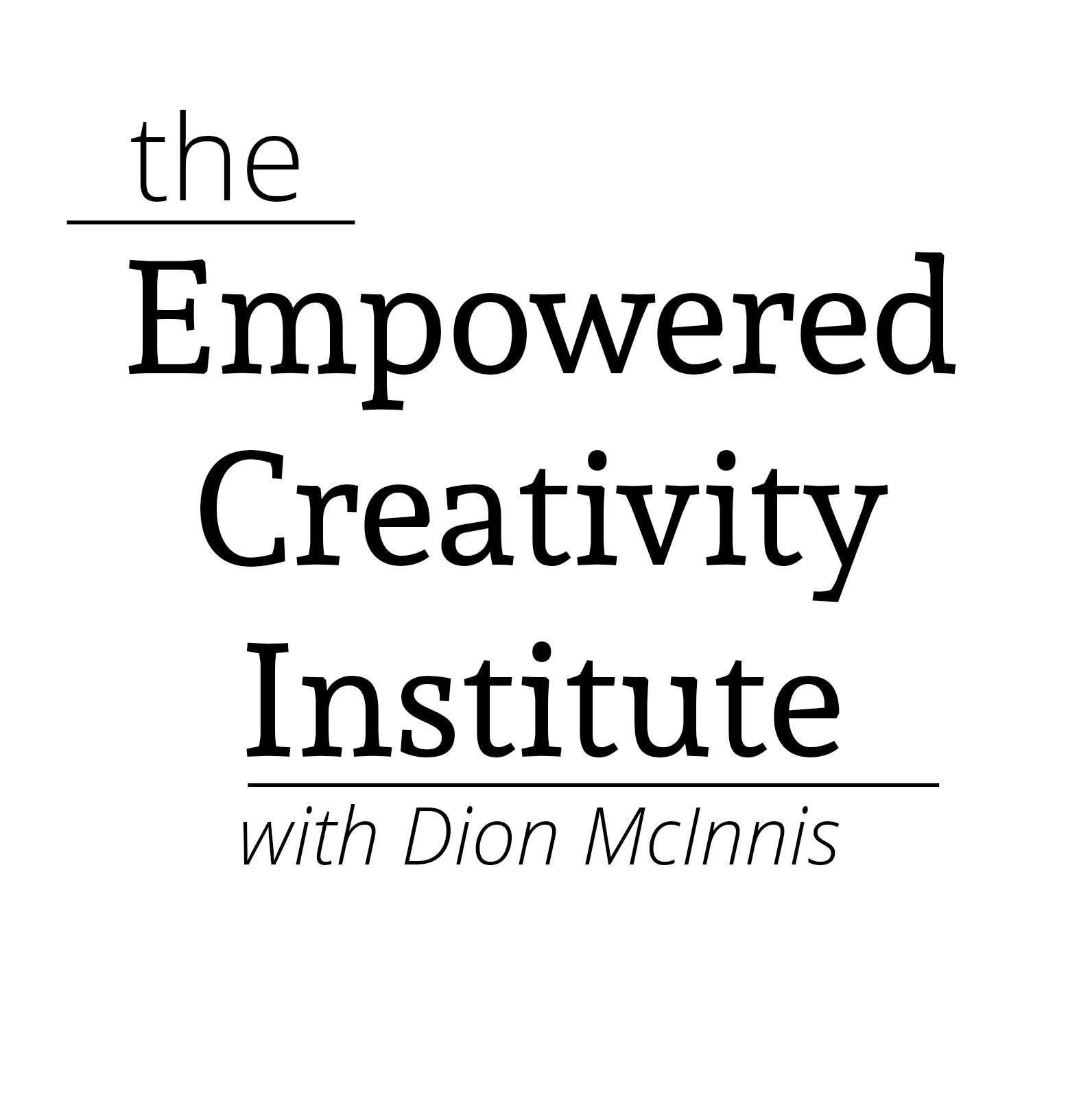“Certainly my alma mater can do better than this,” the lead recruiter said, talking about how little collaboration there was between his school and his employer. He was frustrated over a variety of issues, ranging from the lack of an overall relationship plan between his employer and his alma mater, to the lack of preparedness in some majors for the needs of the company he represented. He had many issues, none of which I had control over or authority for as a development officer. But, I had a supportive dean and mutual interest in participating in solutions. Within a year of that conversation, the company that had been giving approximately $25,000 per year across two colleges at the university was now committed to a five-year, $3.5 million gift across two colleges and the career services office, affecting hundreds of students through scholarships, new equipment, project support and more.
“Have you come up with a solution on how to manage all the alumni in a network or something?” the alumnus asked over lunch “No,” I replied, admitting that I had not been able to come up with something that brought more alumni together and was also manageable in terms of time and other resources. “I could just reach across the table and slap you,” he said, joking about the action but accurate in describing his frustration. “Go ahead,” I said, “if it will help.” Of course, he didn’t, but the next day, while attending my son’s swim meet, I conceived a program that soon had more than 700 members and played an important role in the school’s 50th anniversary outreach and programming.
“I’m not happy,” the recruiter said while we chatted in my office. It was our first meeting, though he had been recruiting at his alma mater for several years. I was new to the assignment and wanted to learn more. He explained his role as lead recruiter, the corporate goals for university engagement, the past history of action and inaction with developing a partnership with the university and more. Together we developed a plan to garner a $5,000 grant to put the college back on the corporation’s radar screen in hopes of something more significant within a few years. With a well-conceived plan, we were able to secure the $5,000 within just a few months…oh, and another $150,000 worth of equipment within nine months of the conversation.
Between the time I interviewed offsite and interviewed onsite, the alumni board had been disbanded. Needless to say, there were many emotions involved in the surprise decision by the university president. No one knew whether the decision was permanent, but immediately alumni on the board, and others, began to convey their displeasure, including threats to never return to campus again. Emotions ran deep. Four months after the decision, I started in my role which included oversight of the alumni and community programming. One of my first actions was to reach out to those who were most upset and ask them to share their thoughts. All their thoughts. No holds barred. Suffice it to say, much of what I heard during this conversations could not be shared with my boss, the university president, but the alumni needed a chance to get it off their chest. I told them that I could not undo what had been done, but I could seek solutions for the future. Ten years later, none of the alumni who shared great displeasure were disenfranchised. They include major donors, sponsors, volunteers, award winners and more.
I could recite several more stories involving individual donors, faculty members, corporate representatives and foundation liaisons. When you allow people to explain their dissatisfactions, you open the door to solutions, and solutions breed collaboration, partnership and support.
A few rules to remember though:
- Don’t take anything personally. Let them voice their concerns and don’t perceive their comments as attacks.
- Leave your ego behind. You don’t have to be the one who is right; together you can be successful though.
- Be confident in what you know and what you can achieve, and admit what you don’t know (but can find out) and what is beyond your capabilities.
- Listen. And listen. The other people are sharing their realities that can include stresses or pressures from their supervisors to them or corporate goals; personal goals and dreams for philanthropy…and so on. Listen to what they say, and listen for their messages.
- Always leave the doors and your arms open, without sacrificing your principles, goals and values. Whenever others are ready, you are there to receive them.

